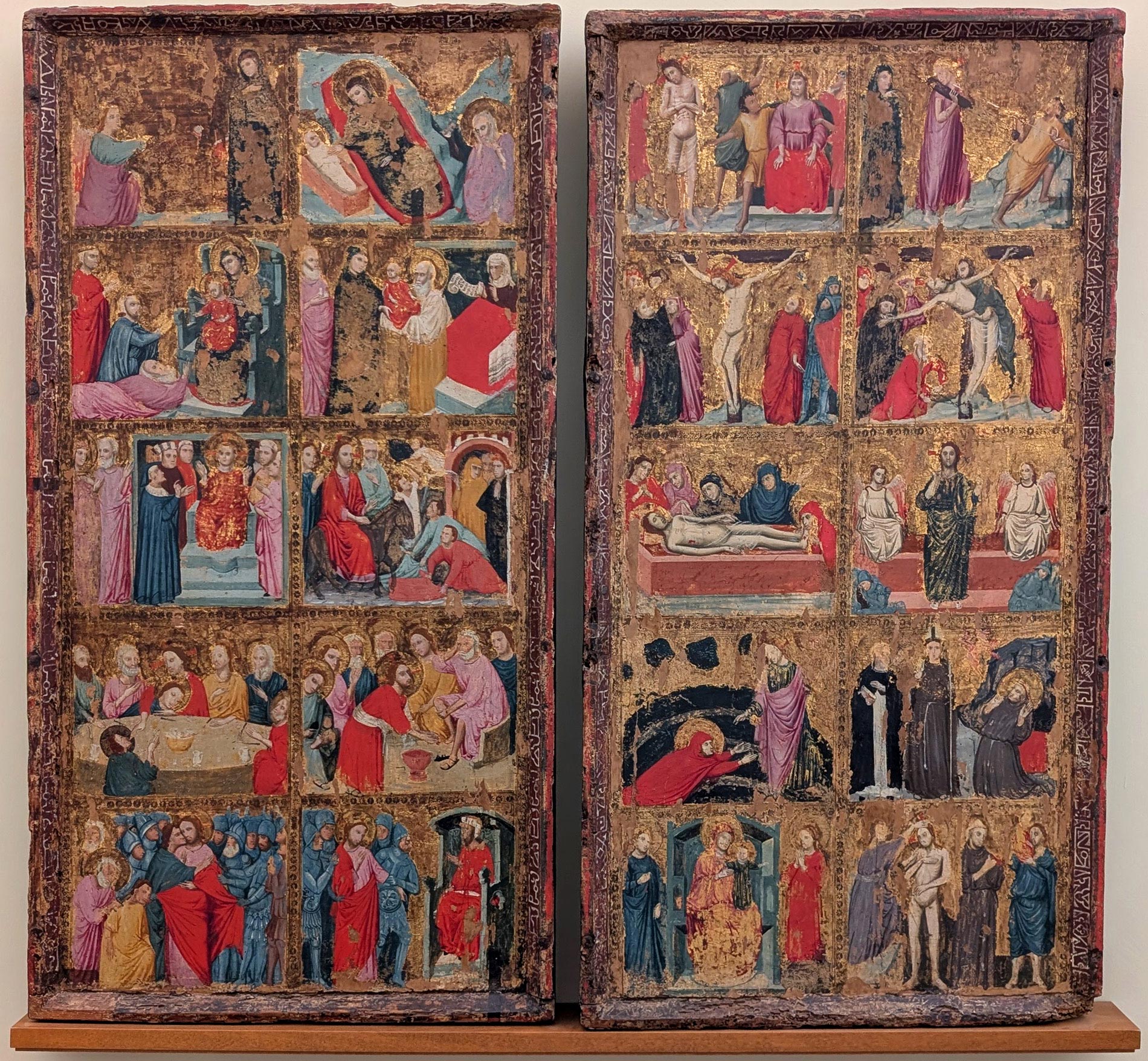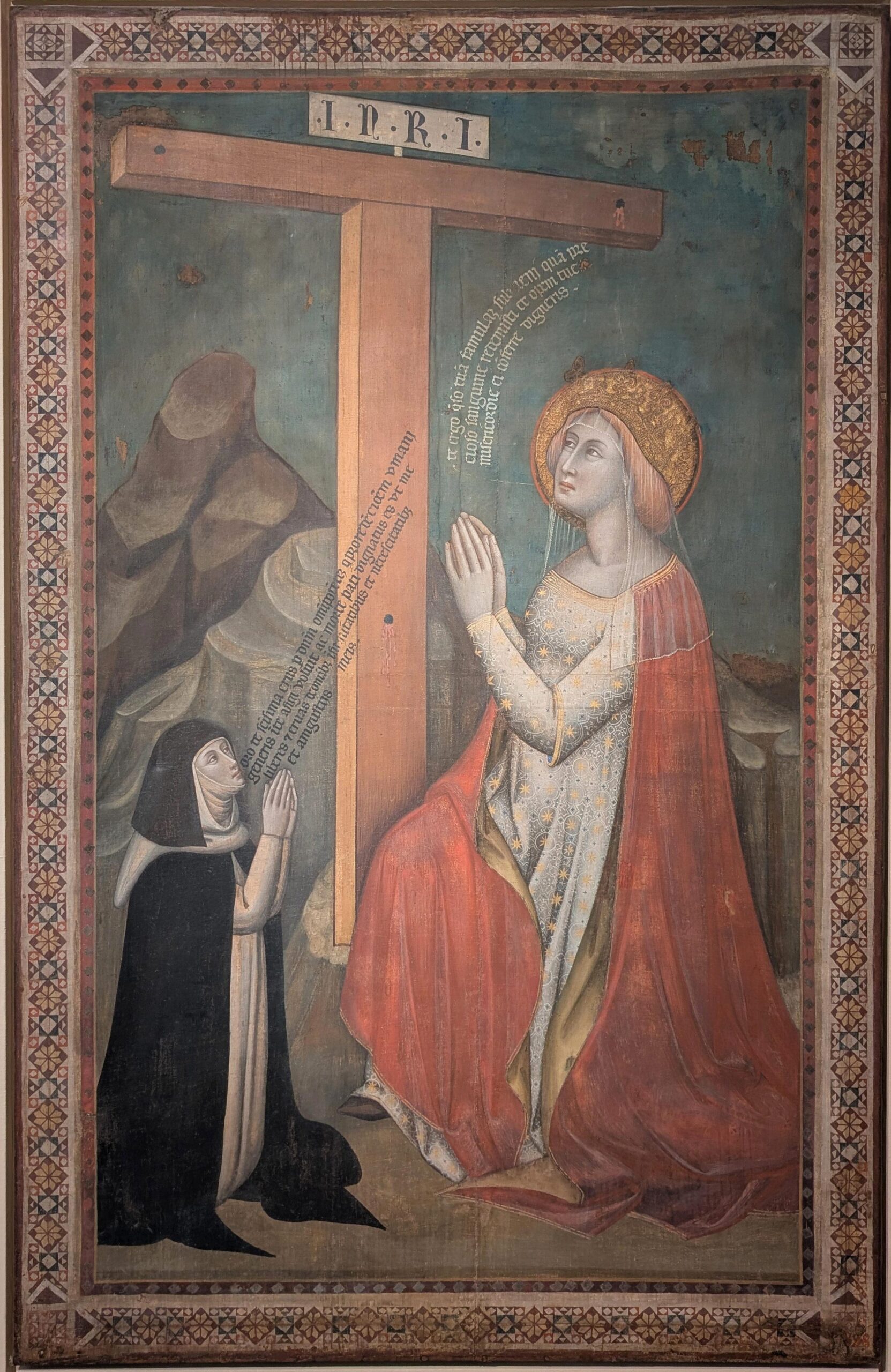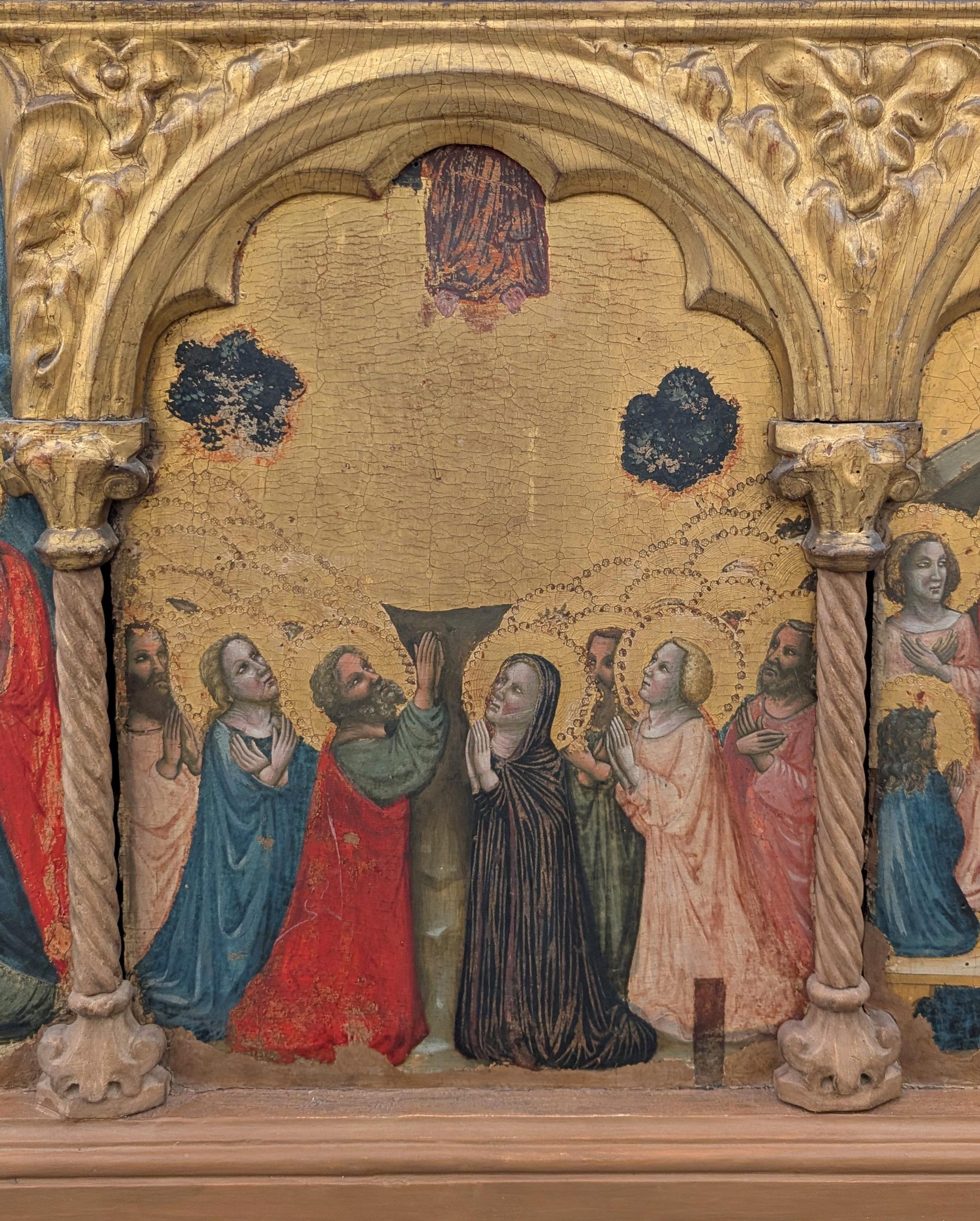Ever since I was a child, I enjoyed comics. I have vague childhood memories of being engrossed in Garfield comics in my school library. I also have similarly vague memories of looking for comics like Fred Basset in the Sunday newspapers my parents bought. I’m not convinced I understood any of it, but I found the pictures completely engaging. I remember trying to draw Garfield – it was difficult.
But, I stopped drawing in high-school at about the time I was told (mostly by my parents) that I needed to ‘grow up and focus on getting a job’. On the surface, that may sound like a lost opportunity but it wasn’t bad advice. It worked out pretty well. It provided financial security (which, in turn, allowed me to pursue an art practise ‘on the side’). Then, 15 years or so into my career in software design, a colleague of mine introduced me to ‘comics’ again, but this time, in graphic novel form. He let me borrow his copy of Y The Last Man. I was hooked… I was almost 35 years old but that 7-year old boy swam up from the depths and re-introduced himself to me.
A tradition as old as time
Now, for the last few days I’ve been walking through through places like the Pinoteca Di Brera in Milan and Pinacoteca Nazionale di Bologna. And, like many art galleries in Italy, it contains a wealth of very old art – but especially – comics. Perhaps not in the way my 7-year old self or even my 35-year old self would recognise, but they are sequential art, and it’s been happening for a very long time.
It’s easy to mistake ‘comics’ for a relatively modern phenomenon, especially after the proliferation of them in US culture during the 1950s and the influence of Frederic Wertham’s ‘research’ in his book “Seduction of the Innocent – the influence of comic books on today’s youth”. Of course, it’s also been very present in Japan through recent forms like manga. But, in reality, pictures have been telling us important stories, especially for those who struggle with reading, since, well, we’ve been able to make a mark on a cave wall.

This ‘old’ form of visual storytelling is easy to mistake for something else (often just called “religious art”), but in many cases, they are undoubtedly sequential art. My 7-year old self (or my parents) never thought of The Stations of The Cross in church on Sunday as “comics” – I was exposed to those sequential paintings every week for many of my early years. And, in the galleries of Italy, the stories are contained in elaborate alter pieces depicting important religious figures lives (saints, martyrs, mothers). Some even show the presence of speech!

Ever since those high-school days, I felt that my love of visual storytelling – both reading it and making it – put me on the fringe; made me an outsider because in today’s culture it’s still seen as something ‘lesser’ than, say, I don’t know, something more ‘professional’ (Doctor? Lawyer?). But now, if anything, my love of visual storytelling makes me feel like someone whose connected to a past tradition that has persisted since that first mark on the wall.

It also gives me a sense of responsibility – to normalise our acceptance of ‘comics’ as sequential art at to play, extend, and push what’s possible in how we tell visual stories to one another, to inspire a new generation of visual storytellers (and readers). Time to get to work.
